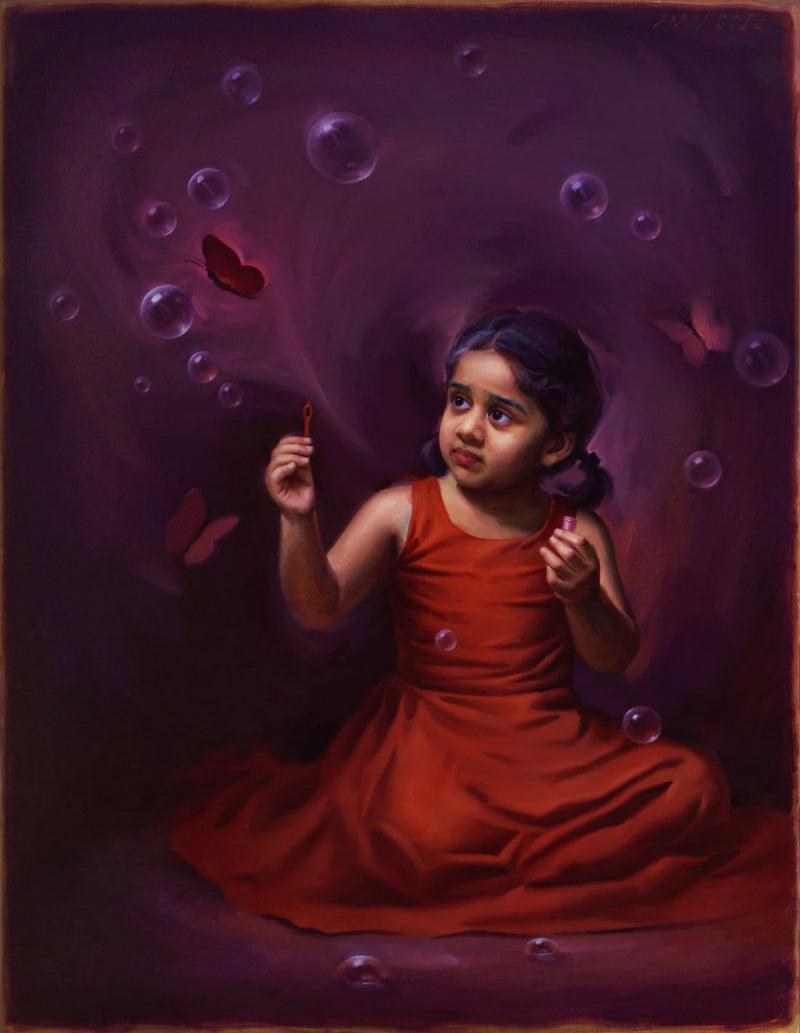How Figurative Oil Painting Transforms Typical Artistic Expression
How Figurative Oil Painting Transforms Typical Artistic Expression
Blog Article
Grasping the Art of Metaphorical Oil Painting: Crucial Tips and Techniques for Aspiring Artists
Figurative oil paint represents a complex intersection of technique and analysis, requiring a complete understanding of human composition, composition, and shade concept. Hopeful artists have to not just understand the nuances of kind and motion however also take into consideration exactly how compositional methods can enhance emotional vibration. An exploration of shade harmony and appearance methods can significantly boost the aesthetic influence of their work. As musicians development in their journey, the concern occurs: just how can one cultivate a distinct style while grasping these foundational aspects? The subsequent exploration of these essential elements promises to light up the path ahead.

Recognizing Human Composition
Recognizing human makeup is basic for any artist striving to grasp figurative oil paint. A detailed understanding of the human kind makes it possible for musicians to create lifelike representations that resonate with viewers. Knowledge of anatomical structures, such as bones, joints, and muscles, provides important insight into just how the body actions and postures.
Musicians must acquaint themselves with the proportions of the human figure, including the connection in between different body parts and how these proportions differ throughout sexes and ages. This recognition permits exact scaling and viewpoint in their work. In addition, comprehending the underlying musculature improves the ability to depict activity and tension in a figure, causing an extra dynamic and compelling composition.
Researching composition also assists in determining subtle subtleties in pose and expression, which are important for communicating emotion and story within a painting. Resources such as anatomical books, life drawing sessions, and on the internet tutorials can be vital devices for musicians seeking to strengthen their anatomical understanding. Ultimately, mastering human anatomy not just enhances technological skill yet likewise enhances an artist's innovative vision, allowing them to bring their figurative oil paints to life with authenticity and depth.
Relevance of Composition

Secret principles of structure consist of equilibrium, unity, and centerpieces. Achieving balance makes sure that no solitary aspect bewilders the others, while unity produces a sense of harmony throughout the piece. Centerpieces draw interest to considerable elements of the artwork, enabling audiences to engage with the narrative or style much more deeply.
Furthermore, using leading lines and the policy of thirds can dramatically boost structure. Leading lines naturally assist the audience's look with the painting, while the rule of thirds offers a framework for positioning vital components in an aesthetically attractive way. By grasping composition, aspiring musicians can boost their metaphorical oil paintings, transforming them right into engaging visual stories that reverberate with their audience.
Mastering Shade Concept
Color theory functions as an essential aspect of figurative oil paint that complements the principles of make-up. Understanding the shade wheel, which consists of main, secondary, and tertiary shades, is crucial for producing harmonious schemes and efficient visual stories.
Key principles such as saturation, shade, and worth play a crucial role in figuring out the state of mind and effect of a painting. Artists need to check out great and cozy colors to evoke particular emotions; warm colors usually communicate power and interest, while awesome shades can impart calmness and peace.
The connection in between complementary shades-- those contrary each other on the shade wheel-- can create striking contrasts and dynamic make-ups. When juxtaposed, these shades boost each other's vibrancy, drawing the visitor's eye and adding deepness to the art work.
Moreover, comprehending similar colors enables musicians to attain a sense of unity and coherence. By picking shades that are adjacent on the wheel, one can preserve a check well balanced ambience throughout the piece.
Ultimately, grasping shade concept equips aspiring artists with the devices essential to control shade intentionally, boosting their capacity to share emotion and narrative with metaphorical oil paint. figurative oil painting.
Strategies for Texture
A variety of techniques can successfully develop appearance in metaphorical oil painting, adding depth and dimension to the artwork. One essential technique is making use of impasto, where thick layers of paint are put on the canvas, permitting a three-dimensional high quality. This method improves light communication, producing vibrant visual rate of interest.
One more technique is scumbling, which includes applying a thin layer of lighter paint over a dried out darker layer. This strategy permits the underlying shade to reveal with, causing a soft, distinctive impact that can evoke a sense of atmosphere or age. Dry brushing is also crucial; using a dry brush with very little paint, artists can produce great lines and fragile appearances, perfect for recording the nuances of skin or fabric.
Additionally, scheme blades can be utilized to scrape or use paint, generating unique patterns and appearances. Explore different tools and products, such as sponges or cloths, can even more enrich the textural quality of a paint. Eventually, mastering these strategies needs method and testing, enabling artists to discover the varied tactile qualities that can boost their figurative jobs.
Creating Your Distinct Style
A musician's distinct design is commonly the conclusion of individual experiences, influences, and techniques refined in time. Creating this individuality in metaphorical oil paint calls for a mindful initiative to check out both your internal self and the wider imaginative landscape. Begin by assessing the motifs and subjects that reverberate with you emotionally; your enthusiasm will certainly infuse credibility into your work.
Research various styles and motions, yet rather than mimicing, essence components that speak to you - figurative oil painting. Try out various strategies, shade palettes, and structures, enabling on your own the liberty to play without the stress of perfection. Keep a sketchbook or journal to document your ideas, concepts, and imaginative progression; this will certainly function as an important resource for determining reoccuring preferences and motifs
Seek constructive feedback from peers or coaches, as they can offer understandings that illuminate aspects of your job you might forget. Participate in workshops and Discover More exhibitions, immersing on your own in the art neighborhood to additional fine-tune your point of view. Finally, endure on your own; the journey of establishing a special style is ongoing, evolving with each brushstroke and every canvas you experience. Accept the process as a lot as the outcome, and your unique voice will arise.

Conclusion
Grasping metaphorical oil painting requires a thorough grasp of human composition, structure, and shade theory. The integration of these aspects not just improves technical skills yet additionally enhances the emotional vibration of the art work. In addition, the exploration of texture methods adds to a richer aesthetic experience. Inevitably, the cultivation of a distinct design via continual practice and reflection is important for creative innovation. Embracing these foundational concepts will dramatically profit aspiring artists on their innovative trip. her response
Figurative oil painting represents a complex intersection of technique and analysis, requiring a thorough comprehension of human anatomy, make-up, and shade concept. An exploration of color harmony and texture strategies can dramatically boost the aesthetic effect of their work. By mastering make-up, aiming musicians can raise their figurative oil paints, changing them into compelling aesthetic tales that resonate with their audience.
Experiment with various methods, color palettes, and make-ups, enabling yourself the liberty to play without the pressure of perfection.Understanding figurative oil paint requires a detailed understanding of human composition, composition, and shade concept.
Report this page